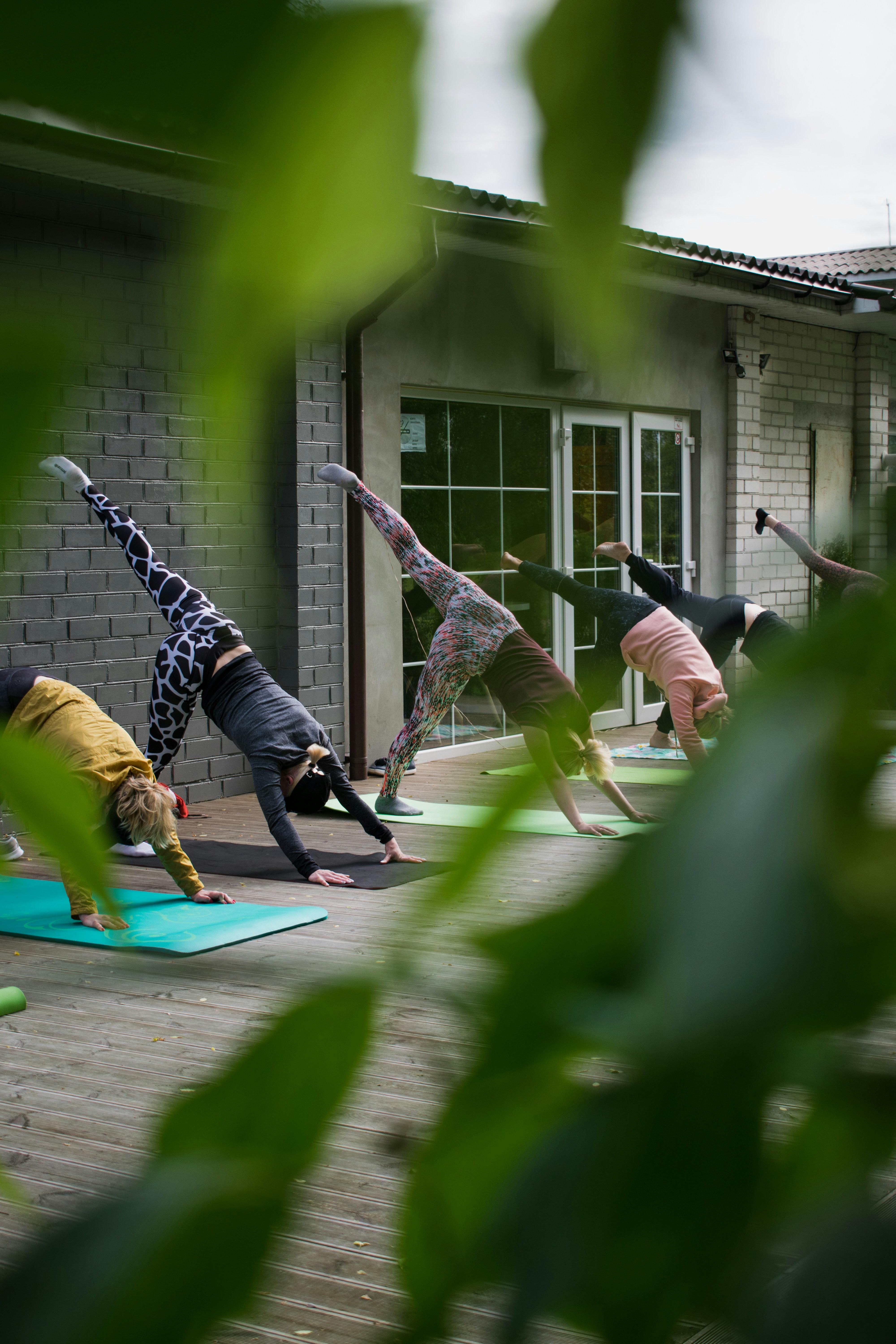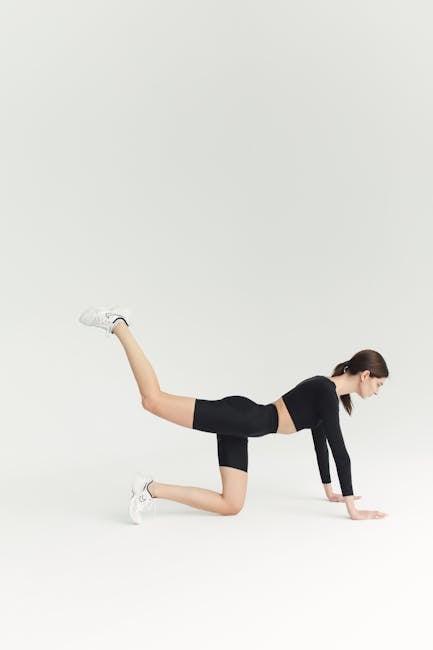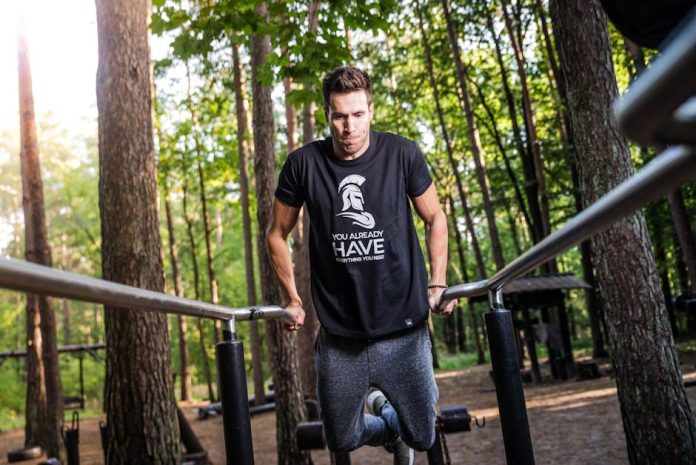In today’s fast-paced world, finding the time and resources to maintain a robust fitness regimen can be challenging. However, the beauty of bodyweight exercises lies in their unparalleled convenience and effectiveness. Whether you’re at home, in a park, or traveling, you can harness the power of your own body to build significant strength without the need for elaborate equipment or a gym membership. This guide will delve into the fundamental principles of bodyweight training, providing you with the knowledge and techniques to construct a powerful, adaptable workout routine. By mastering these exercises, you will not only enhance your physical strength but also gain the confidence to stay fit and healthy, no matter where life takes you.
Mastering the Fundamentals: Essential Bodyweight Exercises for Beginners
When starting with bodyweight exercises, it’s crucial to focus on movements that build a solid foundation. Here are some essential exercises to include in your routine:
- Push-Ups: This classic exercise targets the chest, shoulders, and triceps. Start with your hands shoulder-width apart and keep your body in a straight line from head to heels.
- Squats: An excellent lower-body workout, squats engage the quadriceps, hamstrings, and glutes. Ensure your feet are hip-width apart and keep your back straight as you lower yourself down.
- Planks: A key exercise for core strength, planks involve holding a straight position, similar to the top of a push-up, for as long as possible. Keep your abs tight and avoid letting your hips sag.
- Burpees: This full-body exercise combines a squat, plank, and jump, providing a high-intensity workout that boosts cardiovascular endurance.
- Lunges: Lunges work the legs and glutes while also improving balance. Step forward with one leg, lowering your hips until both knees are bent at about a 90-degree angle.
Integrating these exercises into your fitness routine will help you build strength, improve endurance, and enhance overall body control, all without the need for any equipment.

Optimizing Your Routine: Structuring Effective Bodyweight Workouts
To get the most out of your bodyweight workouts, it’s crucial to structure them effectively. Start by identifying your fitness goals—whether it’s building strength, improving endurance, or increasing flexibility. Once your goals are clear, follow these key principles to design a balanced routine:
- Warm-Up: Begin with a dynamic warm-up to prepare your muscles and joints. Think jumping jacks, leg swings, and arm circles.
- Compound Movements: Incorporate exercises that work multiple muscle groups, such as push-ups, squats, and lunges.
- Progressive Overload: Gradually increase the intensity by adding more reps, sets, or reducing rest time.
- Cool Down: Finish with static stretching to improve flexibility and aid in recovery.
By adhering to these principles, you can create an efficient and effective bodyweight workout that you can perform anywhere, ensuring you continue to build strength and achieve your fitness goals.
Adapting to Your Environment: Making the Most of Any Space
Whether you find yourself in a compact apartment, a spacious backyard, or a cozy hotel room, you can transform any environment into a personal fitness haven. The key lies in leveraging bodyweight exercises that require minimal to no equipment. Here’s how you can effectively use the space you have:
- Assess Your Space: Identify the areas where you can perform different exercises. A small corner can be perfect for push-ups, while a hallway might be ideal for lunges.
- Utilize Furniture: Chairs and benches can be excellent tools for exercises like tricep dips or step-ups. Ensure they are sturdy and secure to avoid accidents.
- Incorporate Vertical Space: Don’t forget to make use of walls for exercises like wall sits or handstand push-ups. This can add variety and intensity to your workout.
- Maximize Open Areas: Clear any clutter to create a safe workout zone. This will allow you to perform dynamic movements such as burpees or mountain climbers without hindrance.
By creatively adapting to your environment, you can maintain a robust fitness routine no matter where you are. All it takes is a bit of ingenuity and the right exercises to turn any space into a gym.

Progressive Overload: Techniques to Continuously Challenge Your Muscles
To maximize the benefits of bodyweight exercises, you must employ progressive overload to continuously challenge your muscles. Here are several techniques to keep your workouts effective and your muscles growing:
- Increase Repetitions: Gradually add more reps to your sets. For example, if you can do 10 push-ups comfortably, aim for 12-15 over the next few sessions.
- Modify the Exercise: Change the angle or form of the exercise to make it more challenging. For instance, elevate your feet during push-ups to shift more weight to your upper body.
- Shorten Rest Periods: Reduce the time you rest between sets to increase the intensity of your workout. This forces your muscles to adapt to a higher workload in a shorter time.
- Add Pauses or Isometric Holds: Integrate pauses at the peak contraction of an exercise, such as holding the bottom position of a squat for a few seconds.
- Use Unilateral Movements: Perform exercises one limb at a time to target each side of your body individually, such as single-leg squats or one-arm push-ups.





